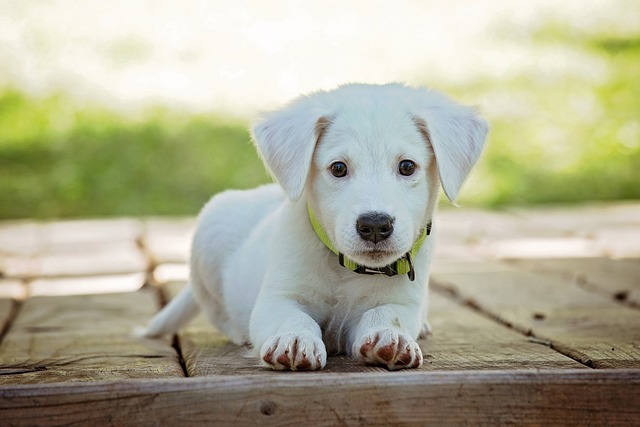
What is glaucoma in a dog?
You might notice your dog squinting more at mealtime or avoiding bright sunlight—these small changes could be early signs of a serious eye condition.
Watching your dog lap water like it’s their job can make you wonder: Are they drinking enough? Too much? Let’s break it down with a story from my friend in Michigan. Her 60-pound husky, Koda, drinks about 60 ounces a day—right on target. But her neighbor’s 20-pound poodle, Lola, only sips 15 ounces, and that’s normal too. So how do you know what’s right for your pup?
It all comes down to size and lifestyle. Think of it as a simple equation: roughly one ounce of water per pound of body weight in 24 hours. That means a 30-pound beagle should drink around 30 ounces—about a quart. But if it’s a hot day in Texas and you took them for a long hike, they’ll guzzle more, and that’s okay. Koda drinks extra after playing in the snow (yes, even cold weather dehydrates!) but cuts back on lazy rainy days. It’s their body’s way of balancing things out, like how we drink more after a workout.
To keep track, measure their water in the morning and see what’s left at night. If a 10-pound Chihuahua is finishing 40 ounces (that’s over three cups), that’s a red flag—their small kidneys can’t handle that load. Signs of trouble? Lethargy, bloating, or accidents in the house, even if they’re potty-trained. Lola once drank too much after stealing a salty chip, and her owner noticed she was peeing every 20 minutes—cutting back on treats fixed it.

Legal stuff matters here too. In Florida, it’s against the law to leave a dog without access to fresh water, even in your own yard. When you’re out walking, pack a portable bowl—dehydration is no joke, especially for short-nosed breeds like pugs. And don’t forget those poop bags—cleaning up is part of being a responsible owner, whether your dog drank a little or a lot.
Never scold a dog for drinking a lot. They’re not being “greedy”—they’re just thirsty. Yelling will make them nervous to drink when they need to later. Instead, say “Good boy!” when they take a few sips and walk away. Positive reinforcement builds trust, even with something as simple as drinking water.
Apartment living? Put water bowls in a couple of spots—maybe one by their bed and one near the door. Use a bowl with a rubber base to stop it sliding on hardwood floors—spills annoy neighbors, and nobody wants that. When using the stairs, if your dog stops for a drink, take your time. Rushing makes everyone stressed, and good manners keep the building friendly.
Your dog’s water intake is all about balance. Pay attention to their habits, adjust for the weather, and when in doubt, ask your vet. They’ll help you keep things just right.

You might notice your dog squinting more at mealtime or avoiding bright sunlight—these small changes could be early signs of a serious eye condition.

Let’s set the scene: It’s a sweltering Phoenix afternoon—105°F outside—and you rushed your 2-year-old Lab mix, Cooper, on a quick walk to “get it over with.”

Let’s get real: You’re in your Miami apartment, watching your 3-year-old Corgi, Loki, struggle to climb the stairs to your second-floor unit.

Many dog owners brush off occasional scratching as just “dog behavior,” but persistent itching often signals something more—like a food allergy.

You might first notice your dog scratching more than usual—chewing at their paws until the fur looks thin, or rubbing their face against the couch nonstop.

Let’s be real: You’re standing in your Chicago apartment, watching your 3-year-old Beagle, Max, huff and puff just to climb onto the couch.